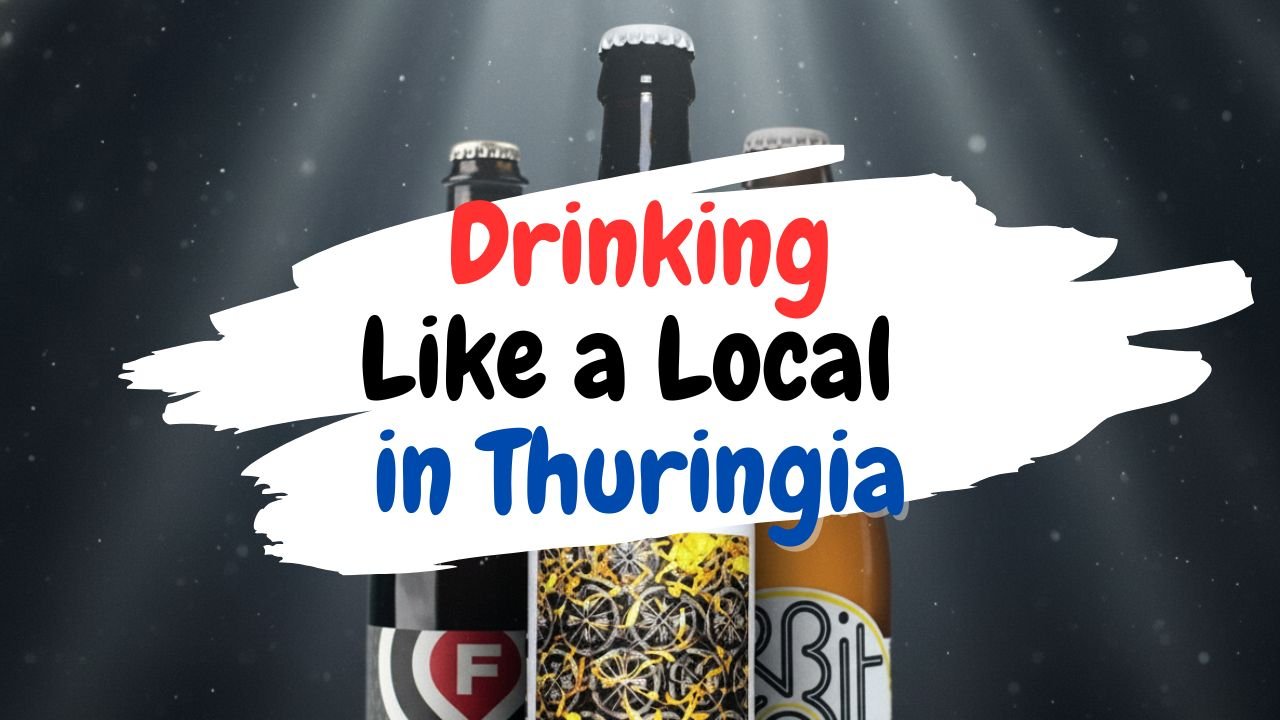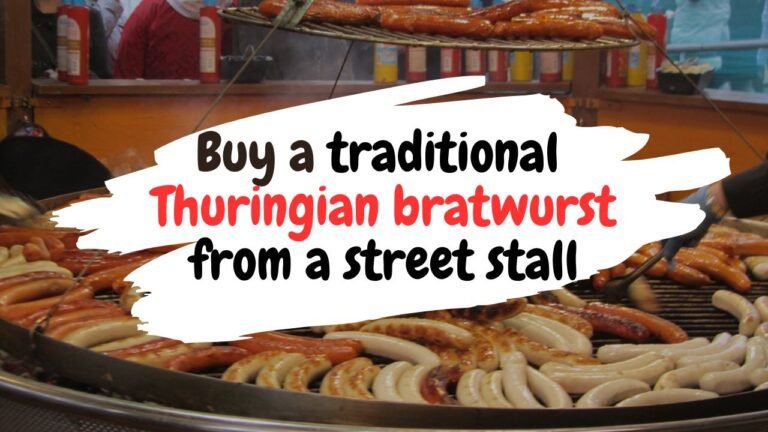Beyond the Bratwurst: A Guide to Drinking Like a Local in Thuringia

You’ve arrived in the green heart of Germany, and you’re ready to eat. You’ve heard tales of the legendary Thüringer Rostbratwurst (grilled sausage) and the hearty Rostbrätel (marinated pork steak). But as that sizzling plate arrives at your table, a crucial question arises: What on earth do you drink with it?
Thuringian food is rustic, rich, and deeply satisfying. To truly complete the experience, you need the right beverage to balance all that savory goodness. Fortunately, Thuringians have perfected their local pairings over centuries. Here’s your guide to drinking like a local.
The Classic Choice: Beer (Bier)
When in doubt, order a beer. It’s the most traditional and common pairing for Thuringia’s meat-heavy dishes. The crisp carbonation and hoppy bite are perfect for cutting through the richness of grilled pork and sausage.
While any local lager or pilsner will do the trick, you’ll want to seek out the regional specialty: Köstritzer Schwarzbier. This iconic dark lager is famous throughout Germany. It’s surprisingly smooth, with notes of roasted malt and dark chocolate that perfectly complement the smoky, savory flavors of a Rostbrätel.
For the more adventurous, keep an eye out for a Lichtenhainer, a historical, slightly sour and smoky wheat beer that offers a truly unique taste of the region.
The Elegant Surprise: White Wine (Weißwein)
Beer might be king, but Thuringia sits right next to one of Germany’s northernmost wine regions: Saale-Unstrut. This means you are in a fantastic position to enjoy some truly excellent local white wines.
The region’s dry whites are the perfect counterpoint to pork and sausage. Look for local varieties like Müller-Thurgau and Weißburgunder (Pinot Blanc). A crisp, dry Riesling also works beautifully, as its high acidity slices right through the fat and cleanses the palate with every sip.
For Digestion: Schnaps and Liqueurs
After a truly hearty Thuringian feast, you might feel the need for a little help. That’s where the Digestif comes in. Locals often finish their meal with a small glass of Schnaps (a clear fruit brandy) or a Kräuterlikör (herbal liqueur) to help settle the stomach. For a truly local specialty, ask for Aromatique, a beloved spice liqueur from the region.
The Refreshing All-Rounder: Non-Alcoholic Options
If you’re looking for a non-alcoholic option, the answer is almost always Apfelschorle. This simple, refreshing spritzer made from apple juice and sparkling mineral water is perhaps the most popular non-alcoholic drink in all of Germany. Its light sweetness and fizz are a perfect balance for heavy food.
You can also try a Fassbrause, a traditional and unique German beverage made from malt extract and fruit, which can sometimes taste like a complex, apple-flavored soda.
A Taste of Winter: Glühwein
If you’re lucky enough to visit during the chilly winter months, you’re in for a treat. The Christmas markets of Thuringia, like the famous one in Erfurt, are the perfect place to warm up with a steaming mug of Thüringer Glühwein. This spiced mulled wine, enjoyed in the cold air with the smell of gingerbread and grilled sausages nearby, is an experience you won’t soon forget.
So, as you explore the wonderful cuisine of Thuringia, don’t just eat like a local—drink like one, too.
If you’re looking for more Thuringia blog like What to Drink with Traditional Thuringian Food? subscribe to join us.






